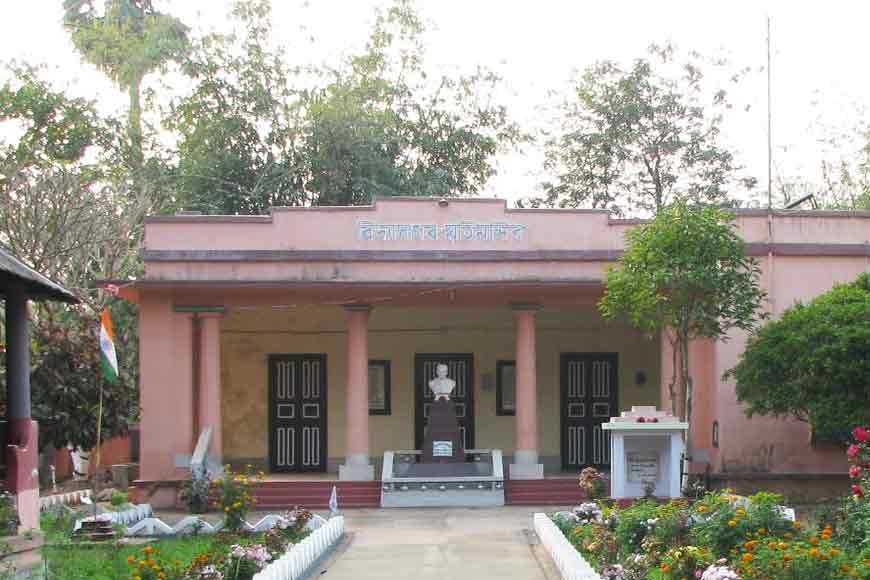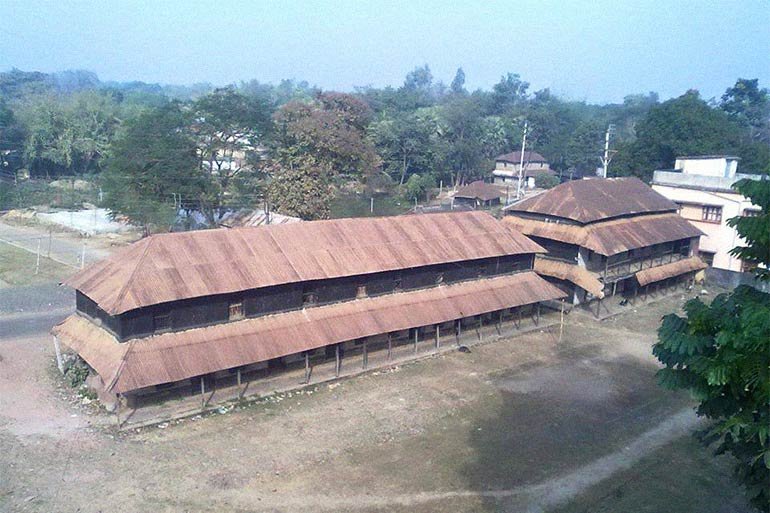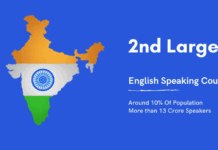Iswar Chandra Vidyasagar is the god to every women. His incredible contributions for women starting from widow marriage to educating girls is always short of words. Here is the story his life and his village.
On September 26, 1820, Ishwar Chandra Bandyopadhyay was born in Birsingha village in the Hooghly district of Bengal. Thakurdas Bandyopadhyay and Bhagavati Devi were his parents, and he was born into a Hindu Brahmin family. He didn’t have access to a gas lamp at home, so he studied under the streetlights out of necessity.
He accelerated his studies and enrolled in Sanskrit College in Calcutta, where he graduated in 1841, thanks to grants.
He took 12 years to complete his college education because he was working part-time and studying at the same time. He was educated in Sanskrit grammar, literature, dialectics, Vedanta, smriti, and astronomy, among other subjects.
He was also a modern-day social reformer, philosopher, philanthropist, and educationalist. He was a man of high morality, integrity, truthfulness, social reform, selflessness, and liberalism.

(2) Contributions Of Vidyasagar –
He contributed to the abolition of social injustice, the empowerment of women, the legalisation of widow remarriage, and the opposition against polygamy.
On December 29, 1841, he was appointed as the Head Pandit of Fort William College, a position he held for a long time.
Ishwar Chandra Vidyasagar established girls’ schools and instituted substantial educational reforms by promoting justice and equality for women via education.
He implemented social reforms to transform the conservative Hindu society from the inside out.

He was also a prominent 19th-century intellectual activist who ushered in socio-religious changes into modern history.
In Hooghly, Midnapore, Burdwan, and Nadia, Ishwar Chandra Vidyasagar created a number of model schools.
He replaced annual tests with monthly exams, oversaw schools, and modified the curriculum.
He incorporated English, Western Science, and Mathematics into the curriculum.
Ishwar Chandra Vidyasagar also began accepting tuition and enrollment fees, as well as declaring Sunday a weekly holiday.
He was also responsible for Bengal’s educational revolution. Ishwar Chandra Vidyasagar’s social reforms included “Bidhobabivah” (1855) on the right of widows to remarry, “Bahubivah” (1871) on the prohibition of polygamy, and “Balyabivah” (1873) on the defects of child marriage.

On December 7, he hosted the first widow’s wedding at his friend Rajkrisna Bandhopadhyay’s home at 12, Sukiya Street. Srischandra Vidyaratna, the youngest son of Ramdhan Tarkavagish, the principal of Sanskriti College and a friend of Vidyasagar, was the groom, and the bride was Brambhananda Mukhapadhyay’s widow daughter, Kalimati, twelve years old.
In the months of November and December of this year, he opened seven schools in Hooghly and one girl school in Bardhaman. Between November 1857 and May 1857, he spent 854 rupees per month to construct 35 girl schools in South Bengal, with 1300 students.
He resigned as principal of Sanskrit Collage on November 3, 1858, due to a disagreement with Hade of the education department. He severed all ties with the government at the age of 39.
He was a sea of knowledge, a social reformer, and a writer on the one hand, and a sea of mercy on the other.
On August 2, 1864, he sent 1500 rupees to Michael Madhusudan Dutta in France in exchange for his assistance in repaying his debts. During his time off from farming in 1867, he put up food stalls at his own expense to give men and women with food, clothing, and medical attention. For his generous assistance to others, he is known as the Sea of Mercy.
His mother was believed to be an idol to him. Vidyasagar once brought a new winter shawl for his mother, but instead of using it, he put it in a box and began wearing the old one. When he asked why, his mother replied that “too many people in my village do not have a shwal like my old shwal after seeing that I can’t use the new one.” Vidyasagar then distributed a large number of shawls to the locals, and his mother enthusiastically began wearing the new shawls.
After his ancestral home burned down in Birsingh in 1869, he left.
Mother Bhagabati Debi died at Kashi on April 12, 1871.
Following that, he moved to Karmatar for a change due to physical and mental illness. He brought a schooner and built a schooner.

His mother was believed to be an idol to him. Vidyasagar once brought a new winter shawl for his mother, but instead of using it, he put it in a box and began wearing the old one. When he asked why, his mother replied that “too many people in my village do not have a shwal like my old shwal after seeing that I can’t use the new one.” Vidyasagar then distributed a large number of shawls to the locals, and his mother enthusiastically began wearing the new shawls. After his ancestral home burned down in Birsingh in 1869, he left. Mother Bhagabati Debi died at Kashi on April 12, 1871.
Following that, he moved to Karmatar for a change due to physical and mental illness. He brought a large and constructed a school hare. He also established a fund to assist needy Hindu widows.
Thakurdas Bandopadhyay, his father, died in Kashi in 1875.
He built a residence at Badurbagan, Kolkata, at this time. He founded Bhagabati Viddyalay in Birsingha Village on April 14, 1890.
Vidyasagar died of liver cancer at his Badurbagan’s house at 18 minutes to 2 a.m. on July 29, 1891.
His son Narayan Chandra Vidyaratna finished his fragmentary biography in 1891.
In Calcutta, the Vidyasagar Bridge is named after him, and Vidyasagar University is named after him.












































